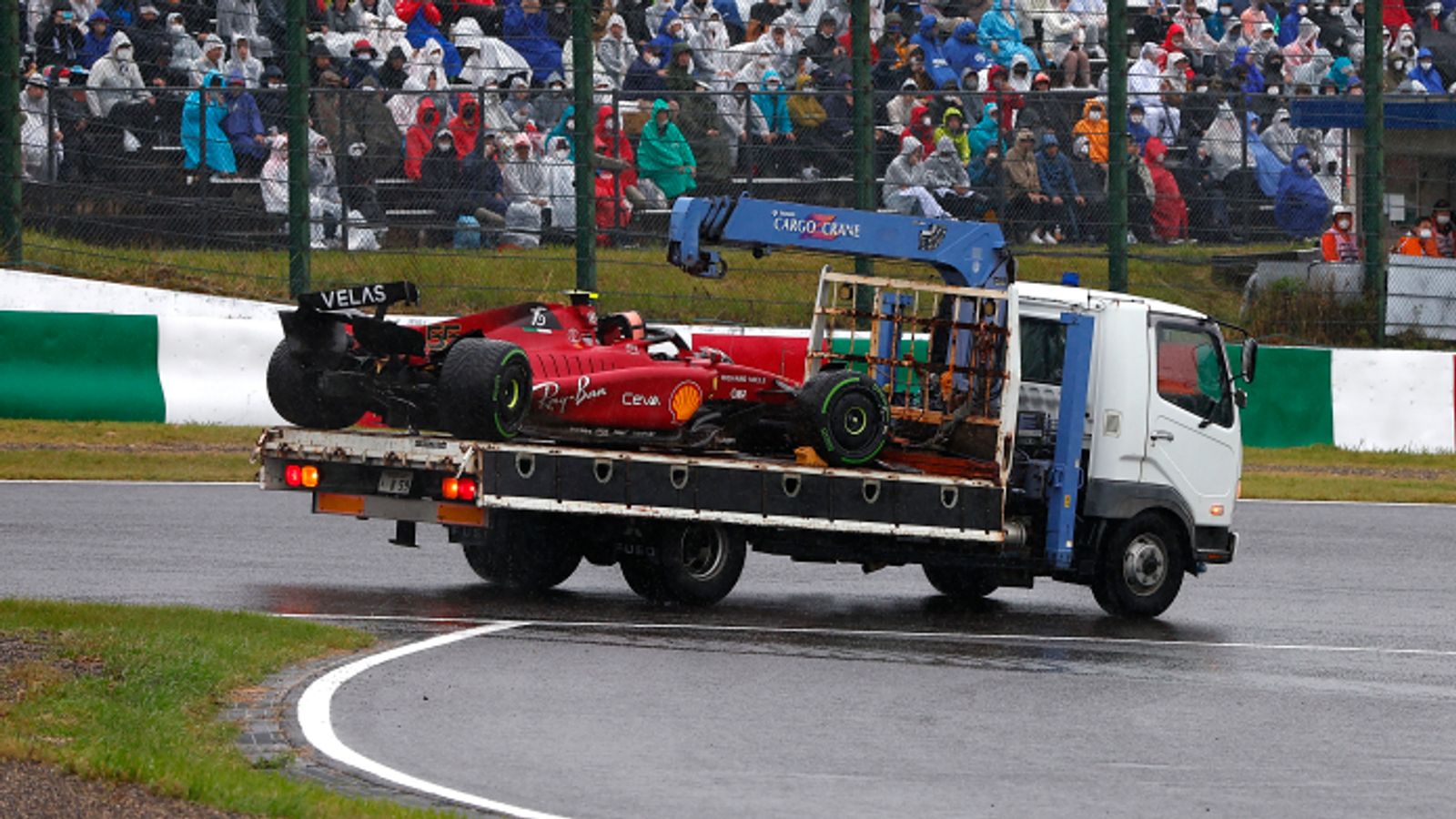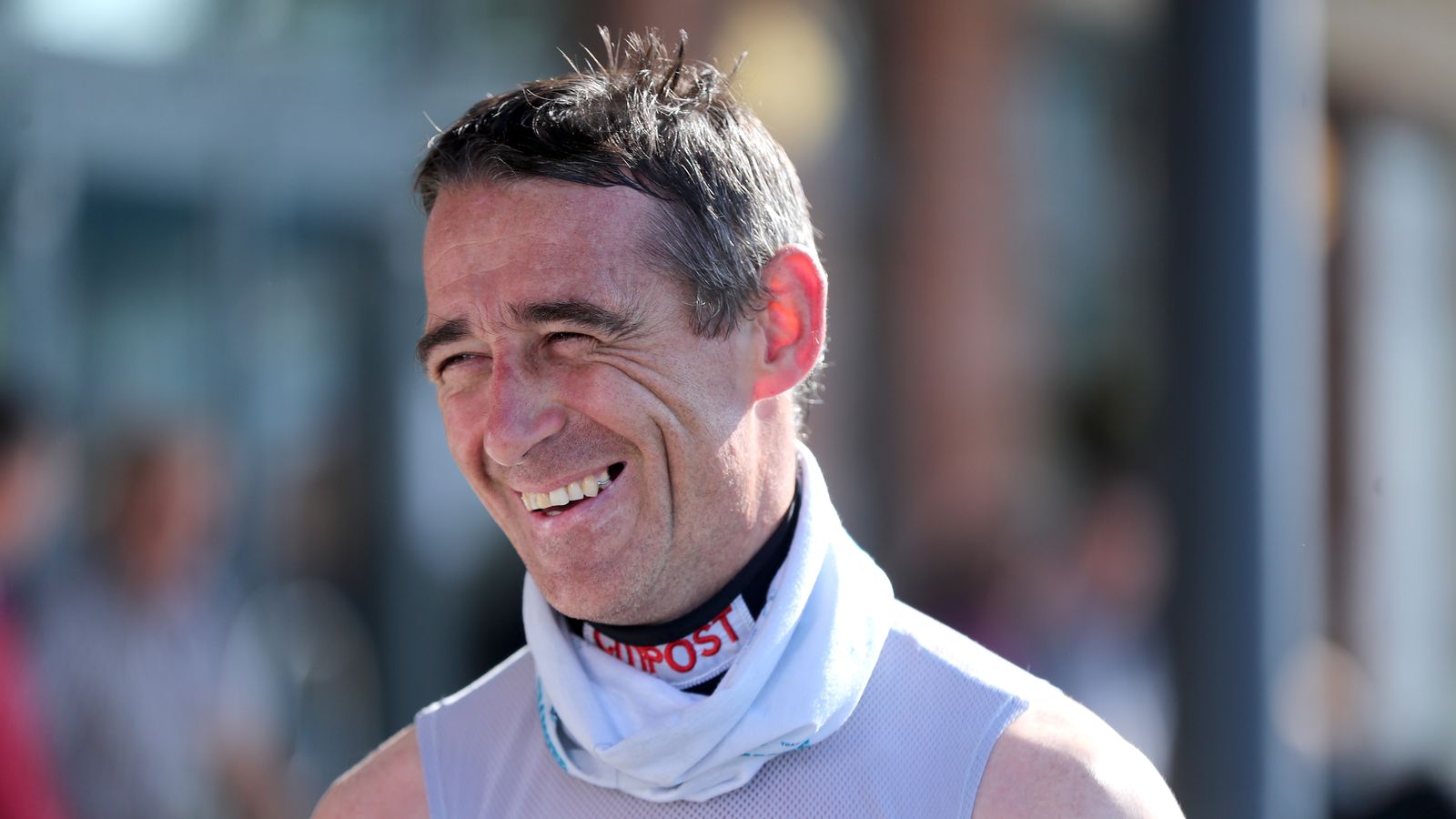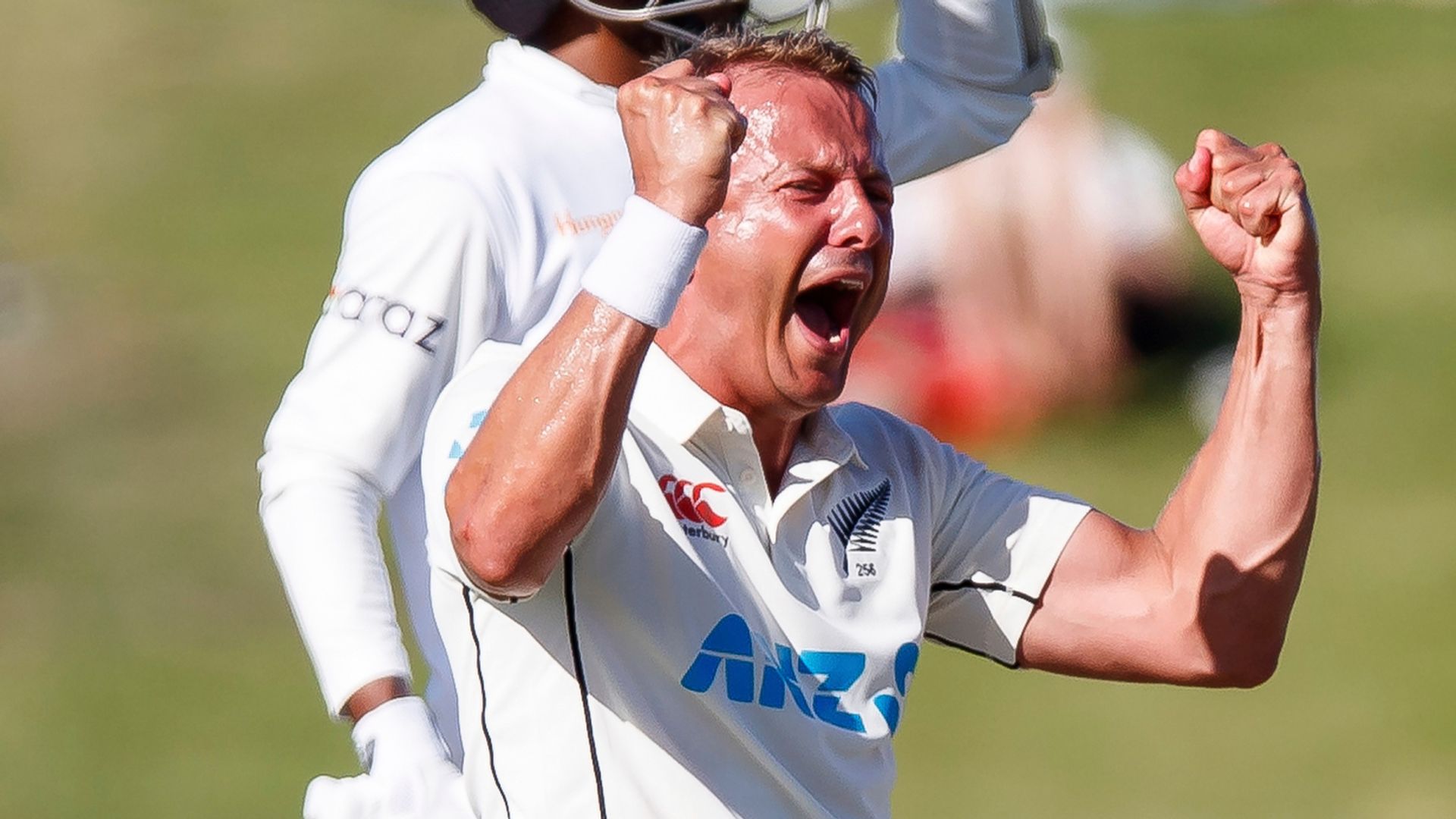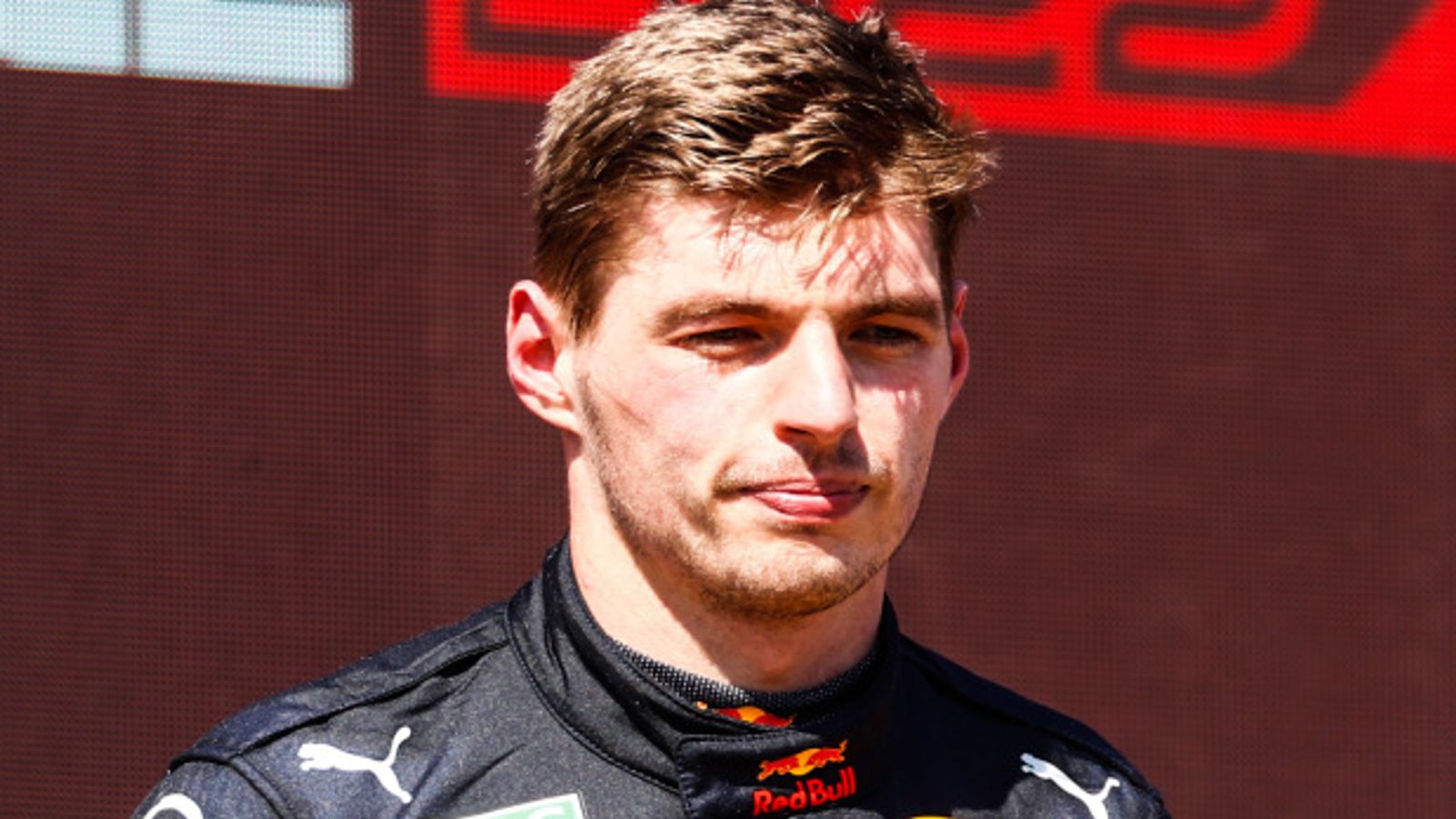Japanese GP: FIA admits Suzuka recovery vehicle should not have been deployed after Pierre Gasly scare
Pierre Gasly and several other drivers expressed their fury after the Frenchman narrowly avoided a collision with a recovery vehicle deployed in wet conditions at Suzuka; FIA has implemented new procedures to avoid a repeat of the incident
Last Updated: 21/10/22 5:45pm

Sky F1’s Paul di Resta and Karun Chandhok look at why Pierre Gasly was furious to see a tractor on track to recover Carlos Sainz’s crashed Ferrari.
Sky F1’s Paul di Resta and Karun Chandhok look at why Pierre Gasly was furious to see a tractor on track to recover Carlos Sainz’s crashed Ferrari.
The FIA has accepted it was wrong to deploy a recovery vehicle during the Japanese GP and admitted race control were unaware that Pierre Gasly wasn’t behind the Safety Car when the decision was made.
Gasly and several other drivers expressed their fury after the Frenchman narrowly avoided a collision with the recovery vehicle, as he attempted to catch up with the pack behind the Safety Car in wet conditions with severely limited visibility following an opening lap crash for Ferrari’s Carlos Sainz.
Following a review into the incidents of the November 9 race at Suzuka, the FIA announced on Friday that it will implement new procedures – in time for this weekend’s United States GP – designed to avoid a repeat of the scenes in Japan.
The FIA said: “The review concluded that all FIA race procedures were followed. After the incident involving the Ferrari of Carlos Sainz at Turn 12, the track was neutralised with the Safety Car before marshals and recovery vehicles were deployed on track.
“The review noted that in such conditions, a recovery vehicle should not be deployed unless all cars are aligned behind the Safety Car. Furthermore, marshals and recovery equipment would only be deployed whilst cars are on track (Safety Car periods) when the weather conditions and location of the cars to be recovered allow for a quick and safe intervention.

Pierre Gasly slams what he describes as the ‘unnecessary’ use of a recovery crane on track at the Japanese GP saying it was disrespectful to the memory of Jules Bianchi.
“Given the track conditions and the overall visibility for drivers, marshals and recovery staff at the time, initially under a Safety Car followed by a Red Flag, and as efforts were focused on safe recovery, the AlphaTauri of Pierre Gasly in the Pit Lane was not immediately detected.
“Race Control do not necessarily monitor all cars that may pit during Safety Car periods as they are more concerned about any area containing an incident and neutralising the field behind the Safety Car.”
Jules Bianchi died following a similar incident at the same track in 2014 and an emotional Gasly after the race told Sky Sports that the moment had left him fearing for his life.
The FIA statement continued: “Even though it is common practice to deploy recovery vehicles once a race has been neutralised, the review panel discussed whether the entry of the recovery vehicle at Suzuka to retrieve the stricken Ferrari of Carlos Sainz was premature given the prevailing conditions.

Former racing driver Martin Brundle reflects on the near-miss incident with Pierre Gasly at the Japanese GP which sparked a memory of his own experience at Suzuka in 1994.
“The review panel acknowledged that having recovery cranes on track at Suzuka during the weather conditions is a sensitive matter in view of the tragic incidents of the past. The panel determined that in hindsight, as the weather conditions were changing, it would have been prudent to have delayed the deployment of the recovery vehicles on track.
“It was acknowledged that every effort should be made to perform an efficient and safe recovery of cars. A longer recovery period, in conditions such as those which prevailed in Suzuka, may result in a race suspension.”
The FIA said that from now on it will use its official messaging system to notify teams that a recovery vehicle is on track, and also develop a monitoring system to locate where all cars are during Safety Car and Virtual Safety Car deployments.
More to follow…





Pingback: https://www.kirklandreporter.com/reviews/phenq-reviews-fake-or-legit-what-do-customers-say-important-warning-before-buy/